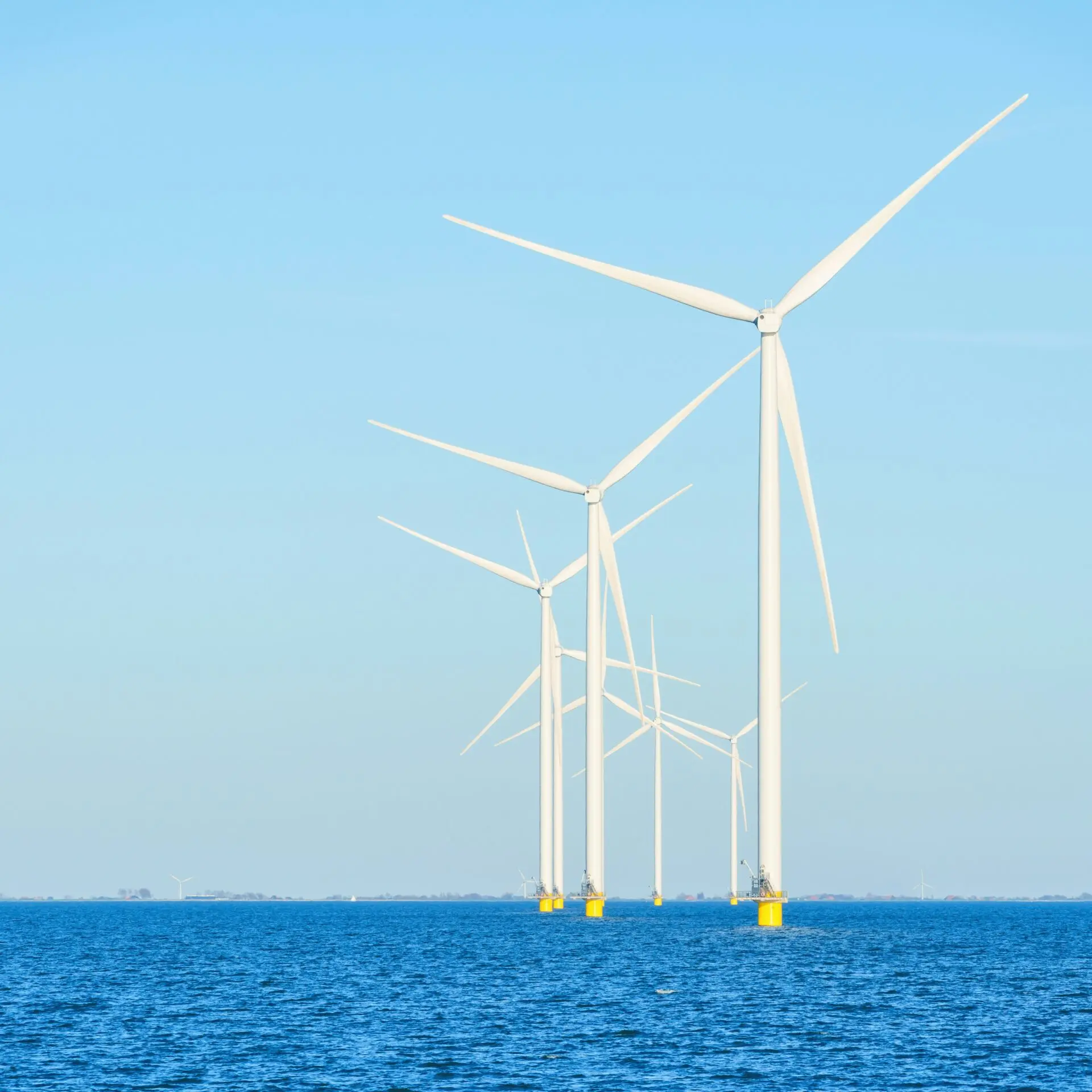Improving the currently limited prospects for offshore wind in Europe’s lower wind speed regions, such as the Black Sea and Eastern Mediterranean, involves addressing several challenges. Chief among them are the noticeable lack of developer interest and an overall weak business case.
This report examines how lower wind speeds impact annual energy production and, in turn, worsen project economics, making these regions less attractive compared with high-wind areas. While certain technological adaptations can optimise energy capture, inherently weaker winds reduce the overall appeal for developers. This factor should be considered in any policy for offshore wind deployments in lower-wind regions.
A forward-looking strategy is needed to drive EU innovation in floating offshore wind for lower-wind regions – capitalising on a window of opportunity that remains open. While China is likely to catch up regardless, there is still a chance for Europe to carve out its own space in this emerging segment, rather than relying exclusively on Chinese technology and supply chains in the future.
For a previously published CEPS commentary that summarises many of the issues discussed in this In-Depth Analysis, please click here.
